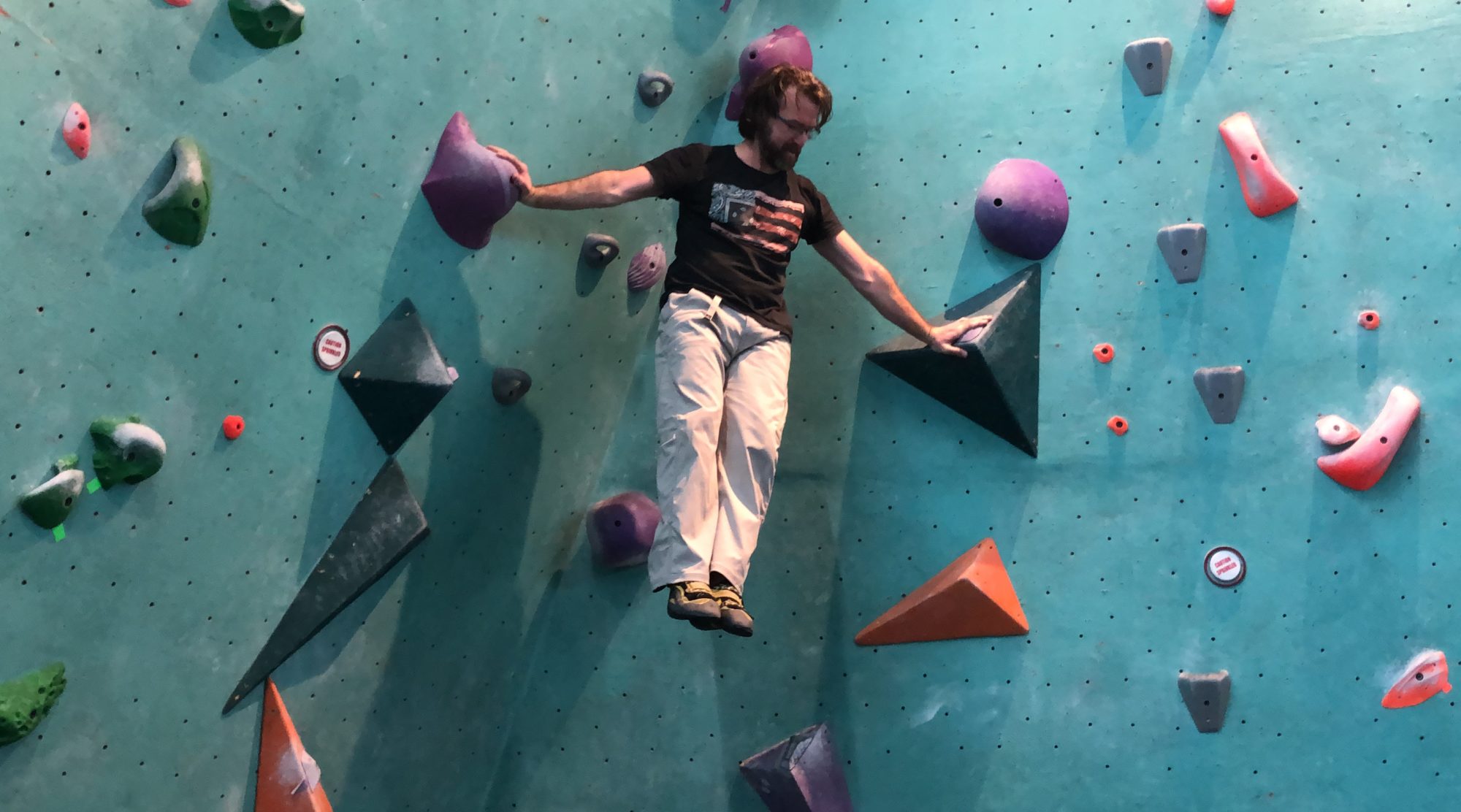Something I love about these movement sessions… I never know what it’s going to look like.
I went into this session planning to do the general Movement Exploration. However, as soon as I dropped into a squat, my body asked for something different. It was still Movement Exploration, but with a lot more stability and positional work. My neck feels pretty much back to normal. No pain… not even at the end ranges of motion. I had a neck pain issue that lasted about five days. It never raised into pain above a level 4 on a scale of ten. In the past, before I learned how to apply movement, this kind of neck pain would have been a level 8 and lasted 2-4 weeks.
My left knee was very talkative at the beginning. I had to ease into a deep knee bend at first. If the pain amped up from the position, I would have backed off… The position actually felt really good and I could feel the knee soften and release into it. As it opened up, I started exploring more movements from that position. By the end of the deep knee bending sequence, the left knee felt 80-90% better. This really set the tone for the rest of the session.
During movement sessions like this one, I like to think about my body in position. I ask “what positions can my body support and more importantly, cannot support. I feel my connection to the ground from all points of contact – hands, feet, knee, shoulder, or spine. Am I able to transition from one base of support to another? Is it efficient? Is it different on one side of my body compared to the other? If it is different, is it a mobility issue or a stability issue? Can I improve it by focusing on it? Can I slow it down and control movement?














